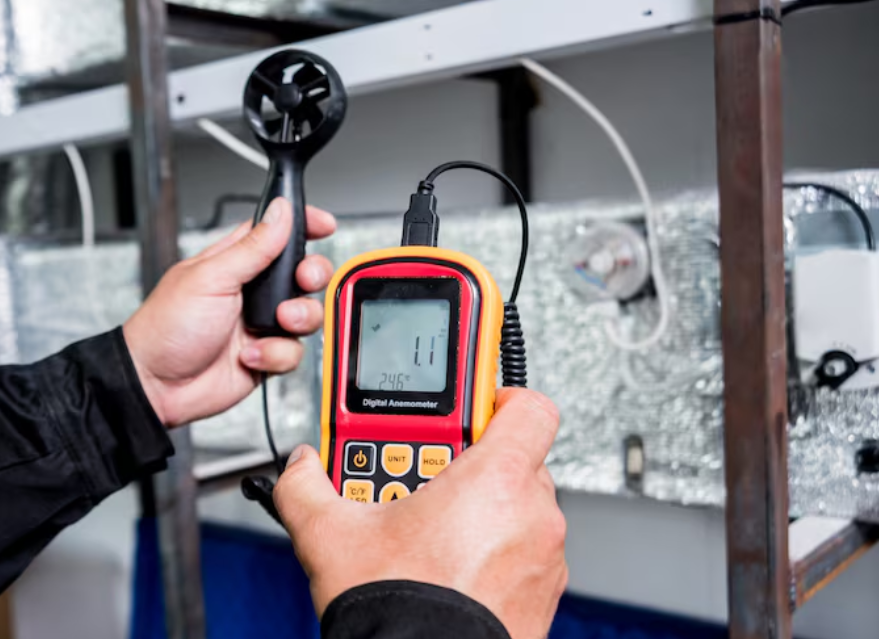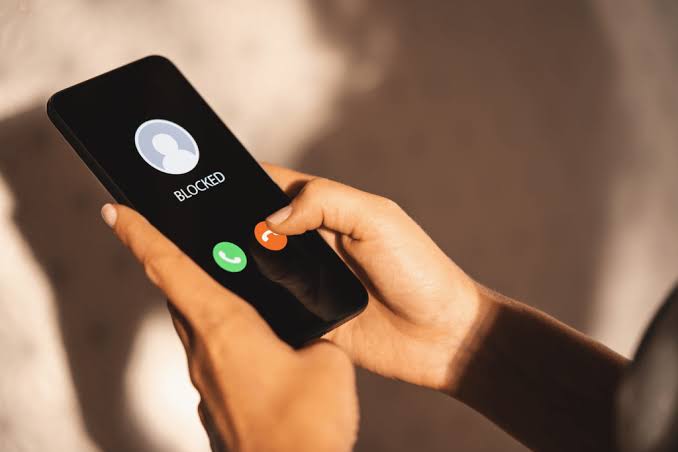Ever wondered how engineers inspect capacitors, resistors, and inductors?
The solution is frequently in a device known as an LCR meter. The tool is quite valuable since it measures three significant values, i.e., inductance (L), capacitance (C), and resistance (R).
It can be very easy and reliable to have the correct results, provided that you know how to use it properly. We will walk through the process simply and practically to know how to use the LCR meter.
What Is an LCR Meter?
An LCR Meter is an instrument meant to measure the electrical characteristics of components. It displays the resistance value, the capacitance value, or the inductance value, depending on what you hook up to it. Let us say you connect a capacitor; it will show the capacitance in farads.
By connecting a coil, it will indicate its inductance in henries. The meter has been constructed in a manner that it has direct readings, which even people new to electrical measurements can easily use. It is a common tool for students, technicians, and engineers in labs or at home.
This meter, when applied in the appropriate way, saves time and therefore the measurement is accurate. It is not only for professionals but also for learners who have the intention of understanding electronics better.
Why LCR Meters Are Important
The primary advantage that people like about LCR meters is that they are speedy and precise. Manual measurements of the components are time-consuming; however, with this device, all the features are automatic.
It also enables you to test the quality of a part, thereby making you assured that the part will be fine wherever it is used in a circuit. That is why one of the most trusted tools in testing the components is an LCR meter.
Preparing to Use an LCR Meter
Prior to using an LCR meter, you are requested to prepare the device and the component. You can choose a Handheld LCR Meter, 100Hz~100kHz or Digital LCR MeterSuch preparation will make your readings steady and accurate. There are probably points on the meter where you can insert the test leads, and once you place them, you insert the component.
The display will afterwards indicate the value near-immediately. Most models also facilitate a variety in the test frequency to make components more accurate during tests.
It is not complicated in any way to use, and after a little practice, anyone can use it comfortably. In making the steps simple, you will never get incoherent results.
Checking the Component Before Testing
It is a fine habit to ensure that the part you wish to measure is in a testing mode.
As an example, in the measurement of a capacitor, it is good practice to discharge it before measuring in order to give a clean reading. Whether you are working on a coil, make it free of any additional connections. This is because, in doing so, the device provides you with the correct value without any error.
Setting Up the Meter
Switch on the LCR meter and check that it is set to the correct mode. Many meters have an auto mode, which automatically detects the type of component.
If you prefer, you can also select resistance, capacitance, or inductance manually. The screen will guide you clearly, and once the part is connected, you will see the reading without delay.
Steps to Measure with an LCR Meter
When everything is in place, measurements using an LCR meter are easy. All you have to do is follow a few basic steps, and the reading will be on the display. Such steps are quite sensible and are not too difficult to follow.

Step 1: Connect the Test Leads
The initial procedure is to attach the test leads to the input sockets of the meter. These are normally identified, thus you can easily see where each of the leads is to be connected. It is necessary to connect the leads; then, the carriage becomes the connection to the component and the meter.
Step 2: Attach the Component
Put the part under test and connect it to the test leads. In the case of a resistor, it can be clipped on the leads. With a capacitor or inductor, do so. Ensure that you have secured it such that the reading remains stable.
Step 3: Select the Measurement Mode
In case the meter is not in an auto mode, select the mode matching the component. Take an example, when you are measuring a resistor, select resistance. Mode setting ensures that the gadget is aware of which value to calculate.
Step 4: Read the Display
When all is connected, the reading will come up on the screen. The unit will be shown in the meter reading, e.g., ohms in the case of resistance measurement, farads in the case of a capacitive device, and henries in the case of an inductive element. Other meters even indicate extra parameters such as quality factor or dissipation factor, which can give one a better understanding of the component.
Step 5: Note the Value
The final step remaining is just to take a record of the reading itself. This can help to a significant extent when you cross-check a bunch of parts randomly. The list will assist you in comparing and using the appropriate part on the job.
Tips for Accurate Measurements
Measuring using an LCR meter is not hard, but some practices will make the results more precise yet. These hints can be easily used in everyday existence.
Keep Connections Clean
Clean all test leads and component legs at all times. Dust or dirt may also influence the contact, and before we test, it may be cleaned with a cloth to get a sharp reading.
Use the Right Frequency
Some components behave differently at different frequencies. Many LCR meters allow you to change the test frequency, and by trying a few options, you can get a more complete idea of how the part works.
Take Multiple Readings
To be doubly confident, you can re-measure one component more than once. The second thing is that it not only helps to ascertain whether the accuracy is correct but also enables the user to become more confident in using the device.

Benefits of Using an LCR Meter
An LCR meter is more than just a tool for measurement—it makes working with electronics simpler and more reliable. It is a very practical device that adds value in many ways.
Saves Time
The process of calculating figures is no longer conducted manually or with a series of devices, but rather is done by singularly using a device with instant results. This also saves time because you can concentrate on utilising the components in your projects.
Easy to Learn
The performance of the device is simple. Even amateurs can get the hang of it in a very short time, making it practical in the classroom, workshops, and home practice facilities.
Helps in Quality Control
With an LCR meter, it is possible to ensure that components are creating performance electro ranges as expected. This leaves you with the assurance that your circuit is going to work the way you require.
To Wrap Up
The LCR meter is a wonderful device to employ by all individuals dealing with electronics, whether as a student or a professional. It provides the accuracy of measuring the inductance, capacitance, and resistance, making electrical work easier and more reliable.
With a few clicks of the keys, you can readily read the values you require by preparing the component, setting the mode, connecting the leads, and reading the display. Simple tricks such as maintaining the connections clear and at the correct frequency improve the process further.
An LCR meter is not just about the numbers, but about the smooth running of your projects and the confidence that it will run well. To anyone appreciating precision results, this device would become a reliable workmate that would lend a tangible benefit in the daily electrical tasks.





















